Login
Registered users
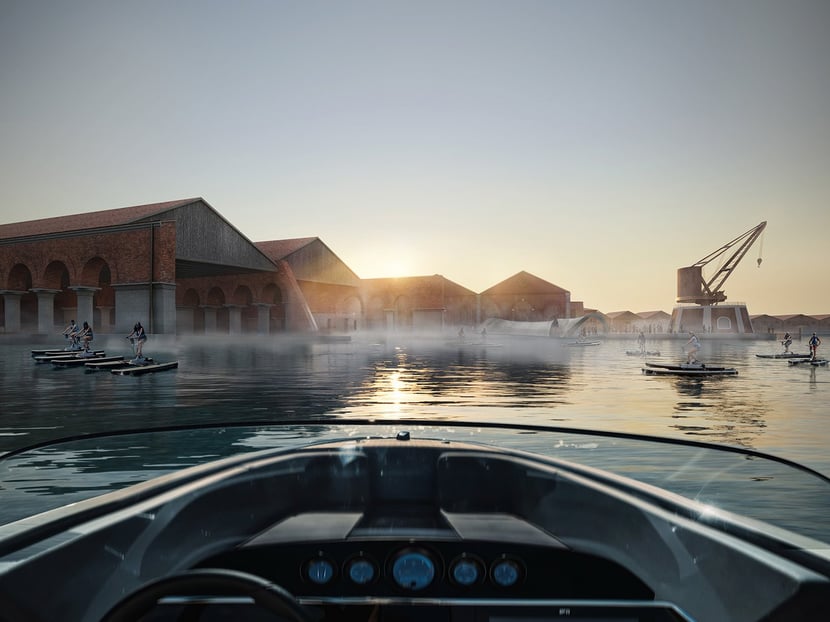
Intelligens. Natural. Artificial. Collective. La Biennale Architettura 2025, curated by Carlo Ratti, invites us to draw from different types of intelligence to rethink the built environment. The 19th International Architecture Exhibition, which will be open from May 10 to November 23 in Venice, was presented on Tuesday, February 11, in the Sala delle Colonne at Ca’ Giustinian.
66 countries will participate, with exhibitions set up in 26 pavilions at the Giardini, 25 at the Arsenale, and 15 in the historic center of Venice. For the first time, the Republic of Azerbaijan, the Sultanate of Oman, Qatar, and Togo will make their debut.
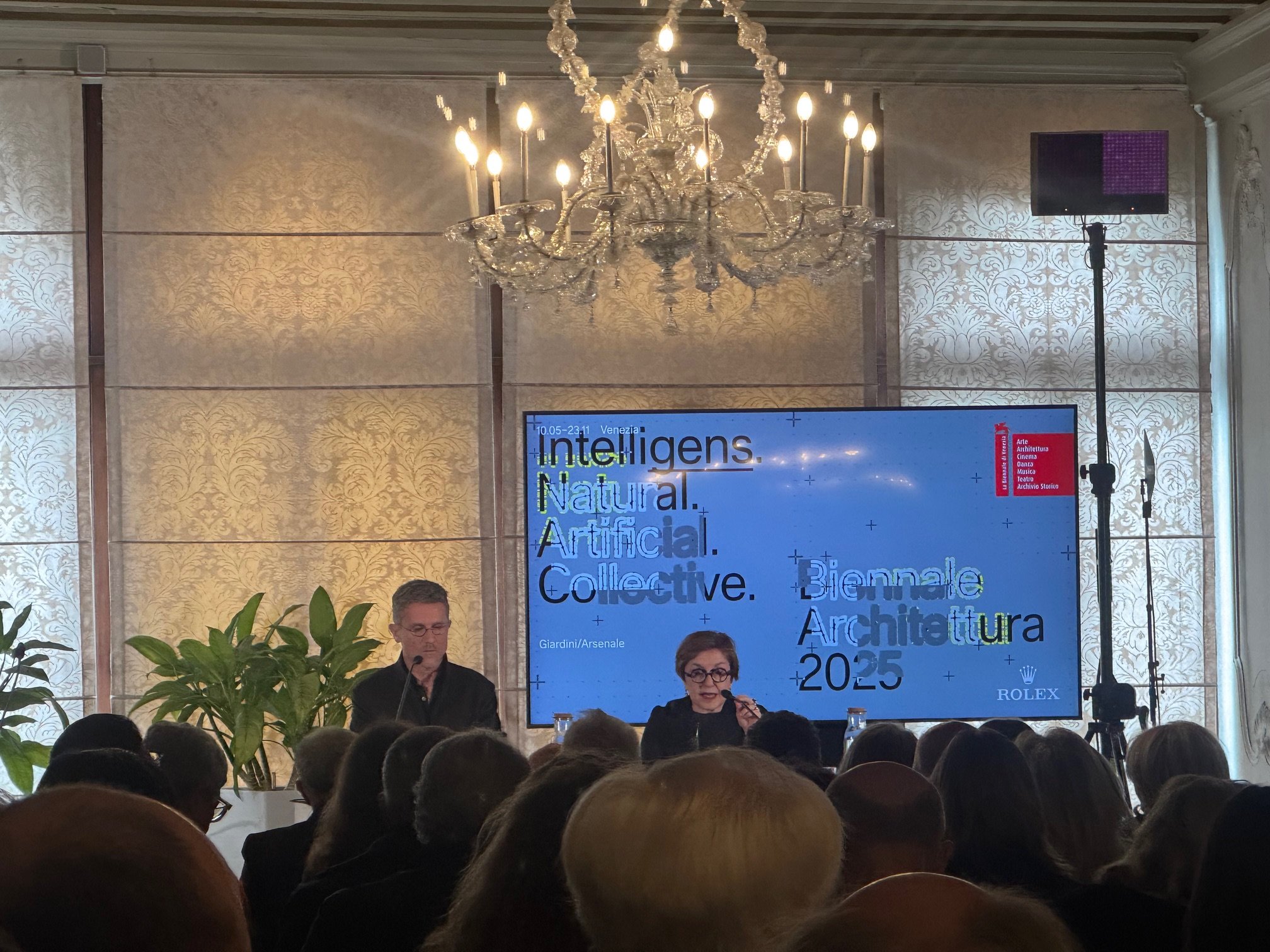
La Biennale di Venezia 2025 explores the role of architecture in addressing climate challenges, investigating design solutions that respond to a world in rapid transformation.
"Today, this dynamic approach reaches a new level as the climate becomes increasingly relentless. With the wildfires in Los Angeles, the floods in Valencia and Sherpur, and the drought in Sicily, we have witnessed firsthand how water and fire are attacking us with unprecedented ferocity. The year 2024 marked a critical moment: Earth recorded its highest temperatures ever, pushing global averages well beyond the +1.5°C threshold set by the 2016 Paris Agreement. In just two years, climate change has accelerated at a pace that challenges even the most advanced scientific models."
Carlo Ratti, Curator
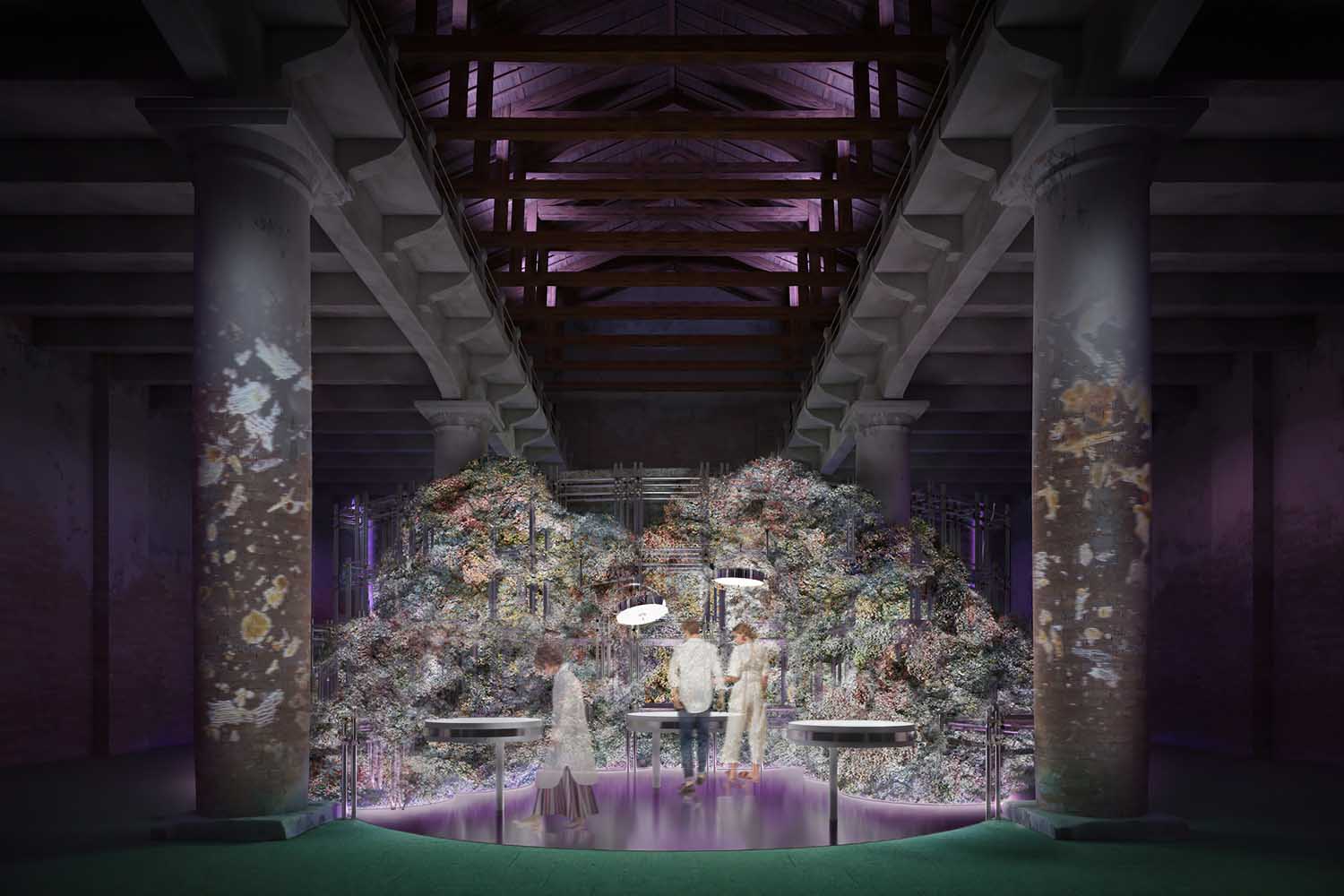
Intelligens is conceived as a dynamic laboratory, a space for exchange that brings together over 750 participants, including architects, scientists, artists, and professionals from various disciplines. The selection process followed an open and interdisciplinary approach, thanks to the Space for Ideas call, which gathered applications from around the world between May and June 2024.

The group of participants spans multiple generations: Pritzker Prize winners, former Biennale curators, Nobel laureates, and young architects at the beginning of their careers. This mix of experiences reflects the desire to embrace multiple perspectives and stimulate a dialogue between past, present, and future.
Finally, the project reaches out to the world, creating connections with global institutions: from COP30 in Belém to the C40, from the Baukultur Alliance in Davos to the Soft Power Club. The GENS public program will host meetings and conversations, engaging diverse audiences and expanding the debate on architectural challenges in what is being called the "Age of Adaptation."
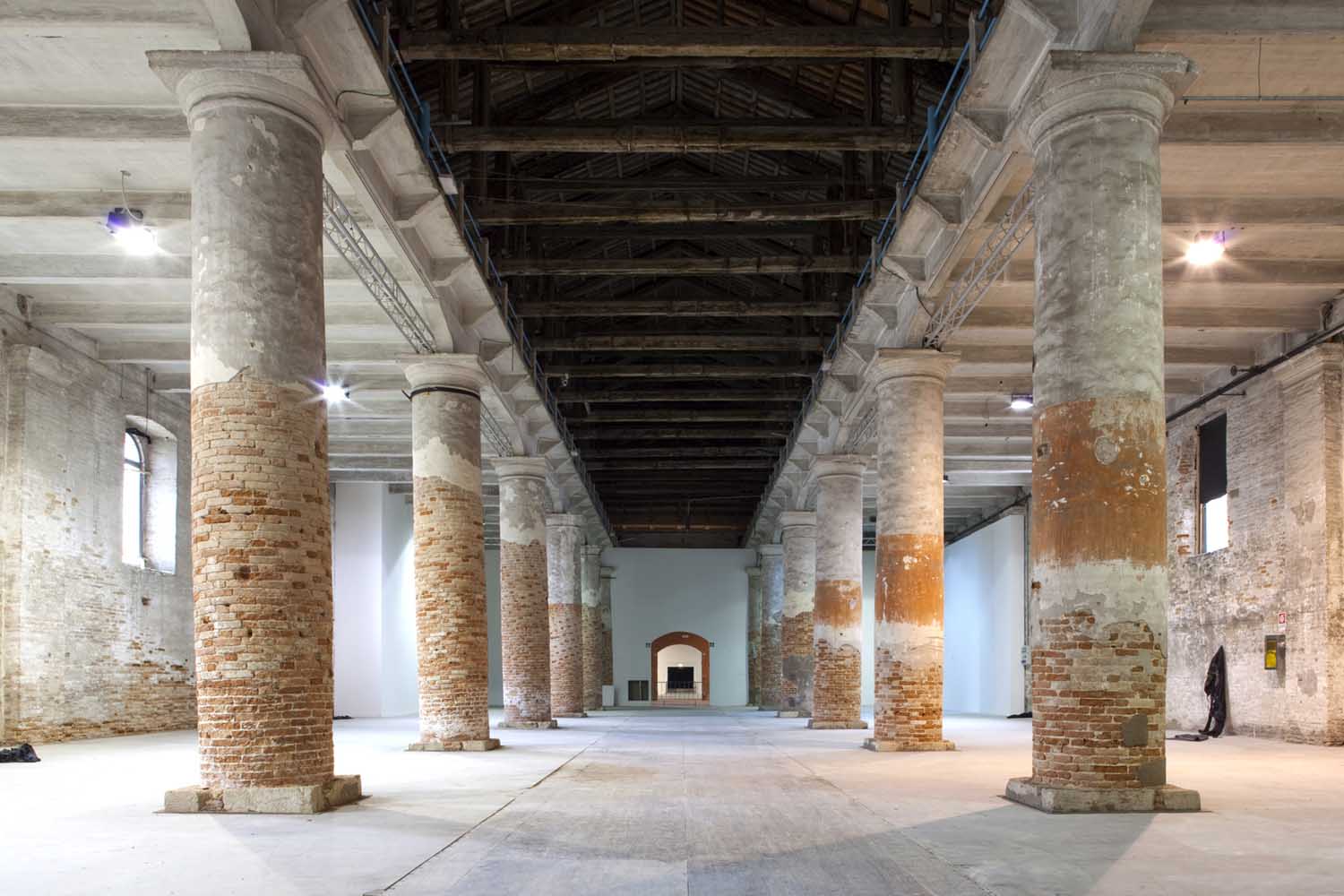
Inside the Corderie, visitors will explore three main themes: Natural Intelligence, Artificial Intelligence, and Collective Intelligence, culminating in the Out section, which questions whether space exploration can solve Earth's crises. The answer is negative: space exploration is not an escape route but a tool for improving life on Earth.
Each section is designed as a modular and fractal space, creating a network of projects at different scales. The exhibition design is curated by the architecture and design studio Sub, led by Niklas Bildstein Zaar, with graphic design by Bänziger Hug Kasper Florio.

Natural Intelligence. A project like Living Structure, led by Kengo Kuma, explores the use of traditional Japanese woodworking techniques combined with artificial intelligence to transform irregular wood into a structural material, demonstrating how nature and technology can collaborate for sustainable architectural solutions.

Artificial Intelligence. In this section, robotics and engineering are used to explore how technology influences construction and social dynamics. A research project featuring anthropomorphic robots investigates how robotics can transform the future of construction, while in Ukraine, technology is being used to map and rebuild cities destroyed by war.

Collective Intelligence. This space explores how informal and marginalized communities, such as those in the favelas of Rio or refugee camps in Bangladesh, develop innovative construction solutions through collective wisdom. The Speakers' Corner project gathers global voices, becoming a place for debate and exchange of ideas.
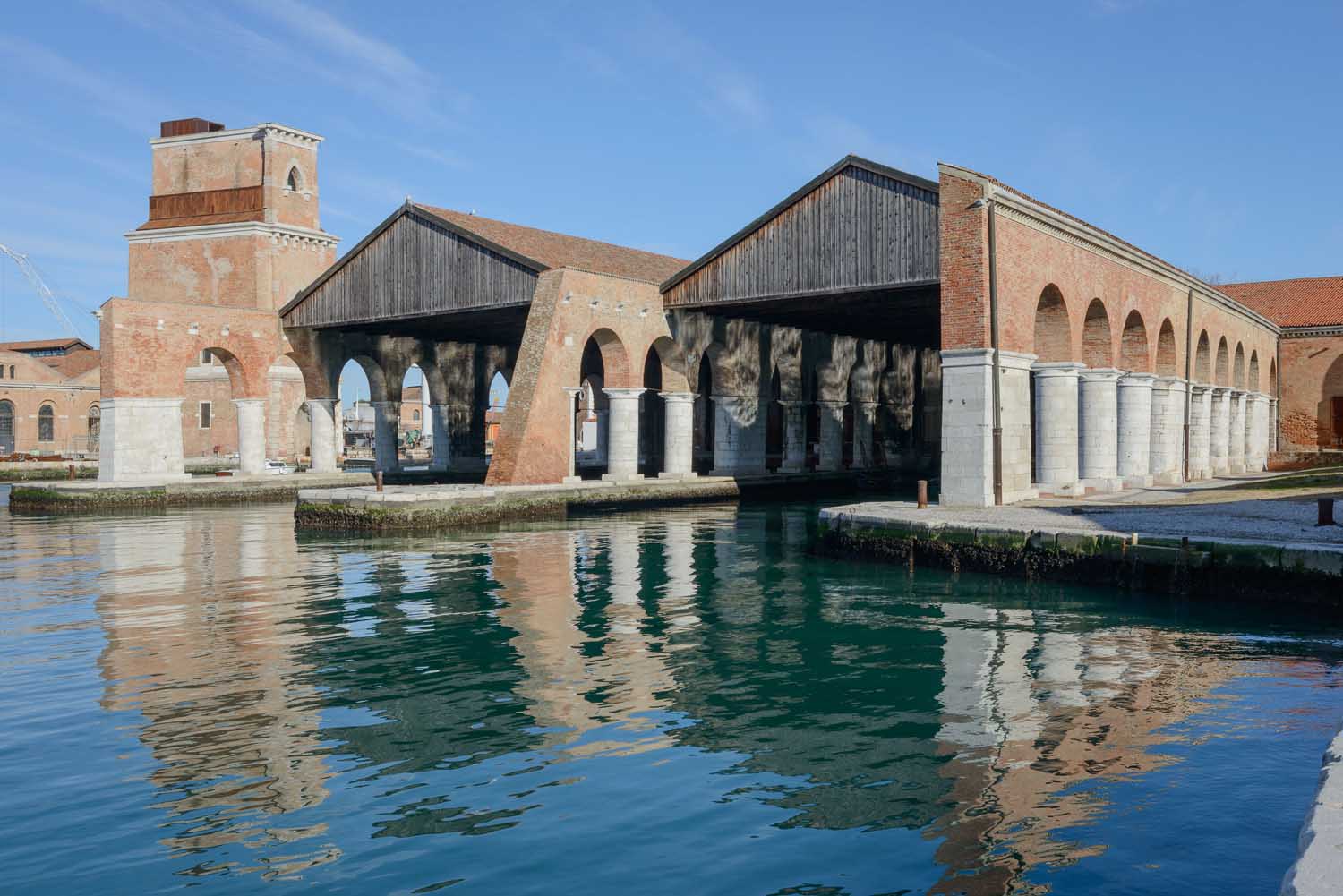
A key aspect of the exhibition, developed in collaboration with Arup and the Ellen MacArthur Foundation, is waste reduction and material reuse. The exhibition panels, made from recycled wood, will be shredded and transformed into new materials at the end of the event. Among the most original experiments, the Elephant Chapel project explores the use of elephant dung to produce bricks, showing how natural waste can become a resource for construction.

In 2025, Venice will become a living laboratory for La Biennale Architettura, with projects scattered across the Giardini, the Arsenale, and various districts of the city. The Norman Foster Foundation, Porsche, Empty+Bau, and Aerotrope will rethink Venice’s relationship with its canals, exploring sustainable water mobility.
Diller Scofidio + Renfro, Aaron Betsky, and Davide Oldani will transform Venice’s waters into a symbol of transformation, purifying the canals to create Italy’s best espresso, demonstrating how environmental challenges can be integrated into everyday life. Meanwhile, projects like Manameh Pavilion and Terra Preta will merge indigenous knowledge and scientific research to develop sustainable building solutions.
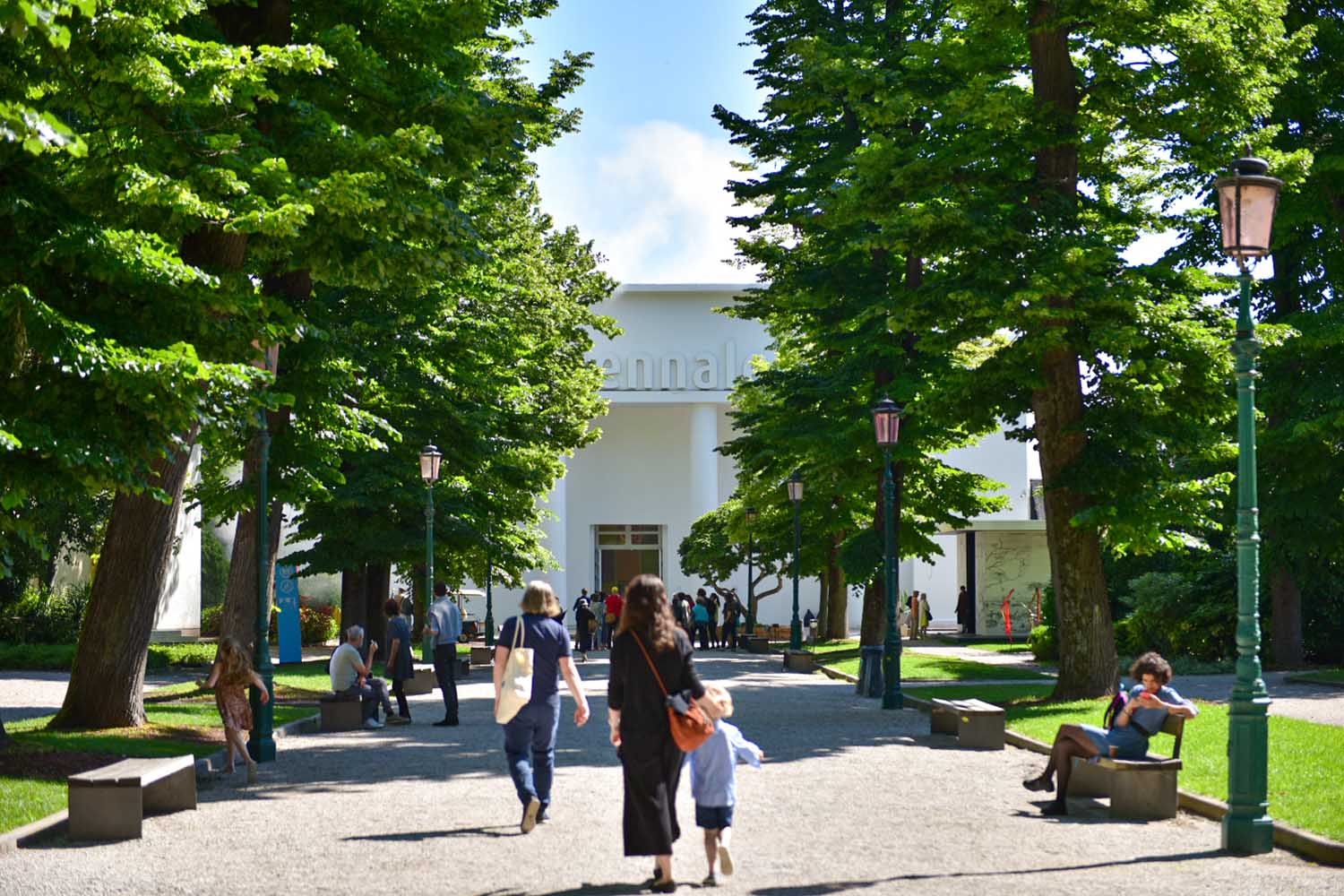
At the heart of the Arsenale, the Padiglione Italia at Tese delle Vergini presents itself as a journey between land and sea with TERRÆ AQUÆ. L’Italia e l’intelligenza del mare, a project curated by Guendalina Salimei and supported by the Direzione Generale Creatività Contemporanea del Ministero della Cultura. It explores the relationship between Italy’s territory and water, a fundamental element in its history and evolution.
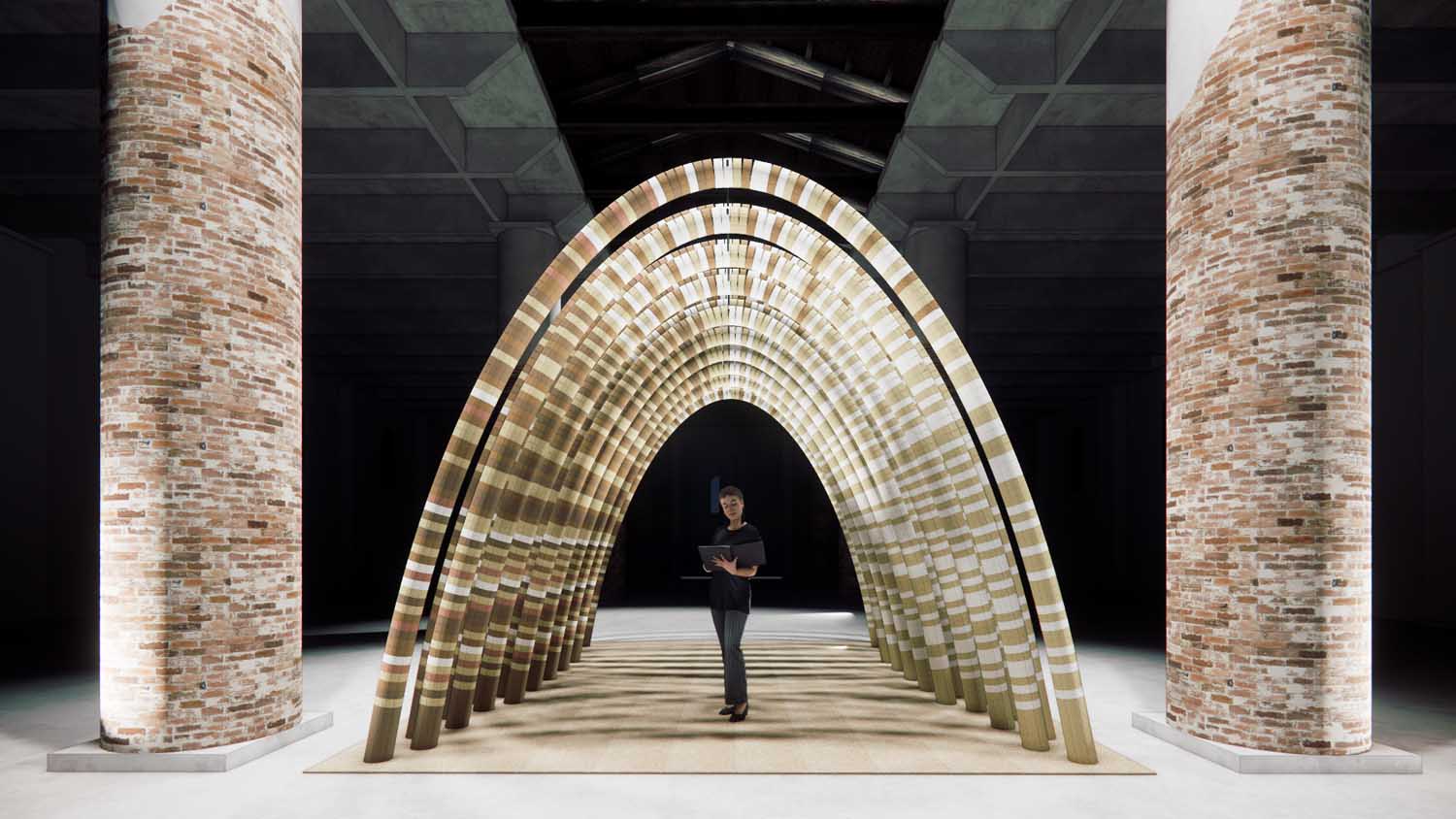
The Santa Sede Pavilion, promoted by Cardinal José Tolentino de Mendonça, moves this year to the Santa Maria Ausiliatrice Complex in the Castello district. The exhibition, titled Opera Aperta, curated by Marina Otero Verzier and Giovanna Zabotti, invites reflection on culture as an evolving process, open to participation and transformation.
Finally, the Padiglione Venezia, a landmark within the Giardini, presents the exhibition Biblioteche. Costruendo l’intelligenza veneziana, an investigation into the role of knowledge and collective memory, extending to other institutional spaces and Venice’s Iuav University, expanding the dialogue between past and future.

Among the special projects, Margherissima at Forte Marghera explores the regeneration of the area through a project by Nigel Coates, Michael Kevern, Guan Lee, John Maybury, and Jan Bunge. The Applied Arts Pavilion, in collaboration with the Victoria and Albert Museum, presents On Storage, a study on storage spaces curated by Brendan Cormier with Diller Scofidio + Renfro.
The collateral events, promoted by non-profit organizations, will be announced soon and will enrich the Exhibition with international contributions.
Once again this year, the Biennale dedicates the Biennale Sessions project to Universities, Academies, and Higher Education Institutes, offering facilitated three-day visits for groups of at least 50 students and professors. Also returning is Educational, a set of educational initiatives aimed at the public, divided into three main categories: Guided Tours, Workshop Activities, and Interactive Initiatives.
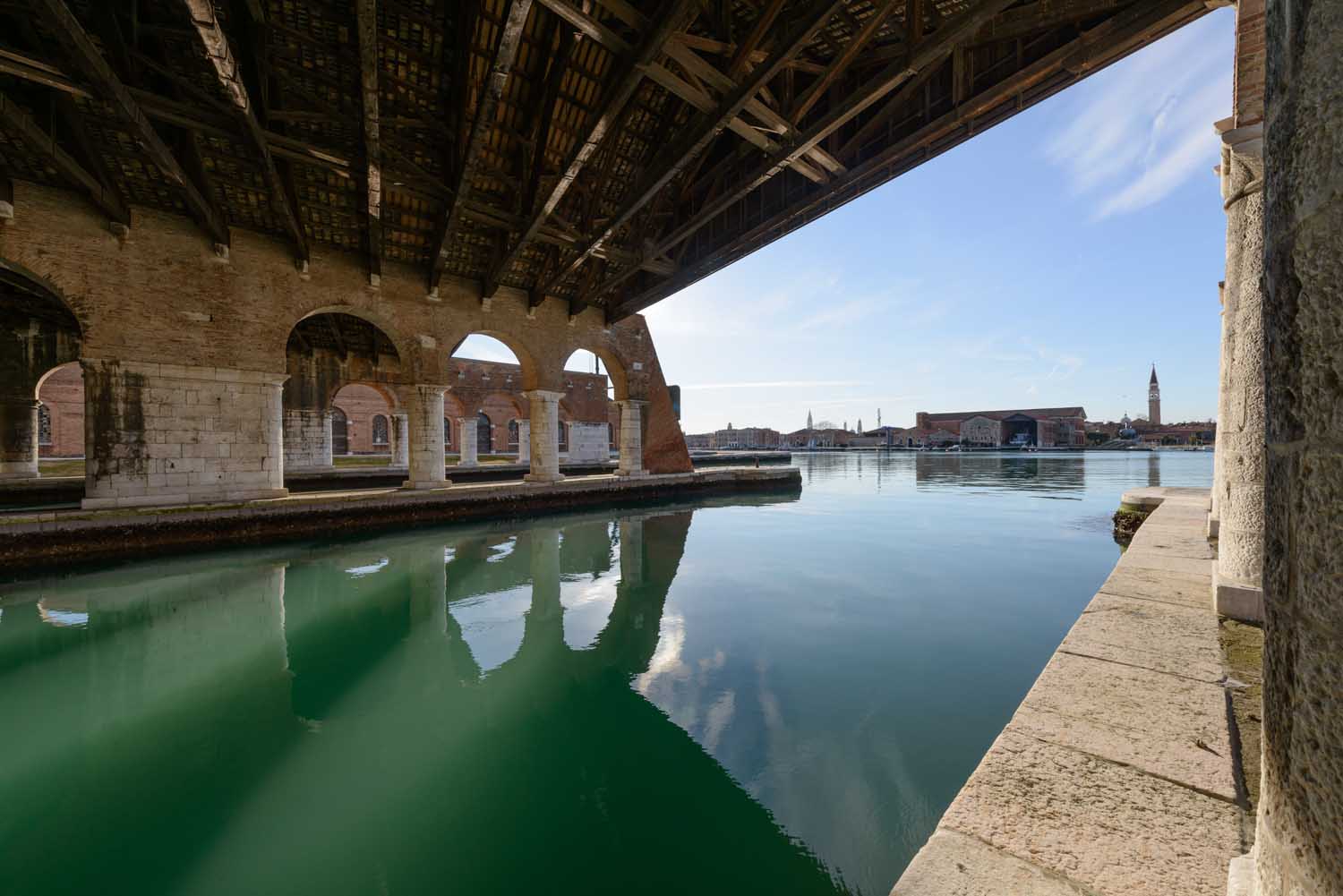
For the second edition of Biennale College Architettura, which saw the participation of over 200 under-30 candidates from 49 countries, eight projects by young talents from around the world have been selected. Among them are Joelle Deeb (Syria), Jia Wei Huang (Malaysia), Caterina Miralles Tagliabue (Spain), Agnes Thomasina Parker (England), Lucia Rebolino (Italy), Tanvi Khurmi (Canada), Rita Espinha Dos Santos Abreu Morais (Portugal), Florian Kilian Jaritz and Franziska Gödicke (Germany), Jaakko Julius Heikkilä and Emil Oscar Lyytikkä (Finland).
The initiative runs alongside the 19th International Architecture Exhibition as a research and experimentation laboratory, with the goal of developing projects based on natural, artificial, and collective intelligence to tackle the climate crisis. The selected projects will receive a €20,000 grant for the realization of their works, which will be presented out of competition within the Biennale itself.